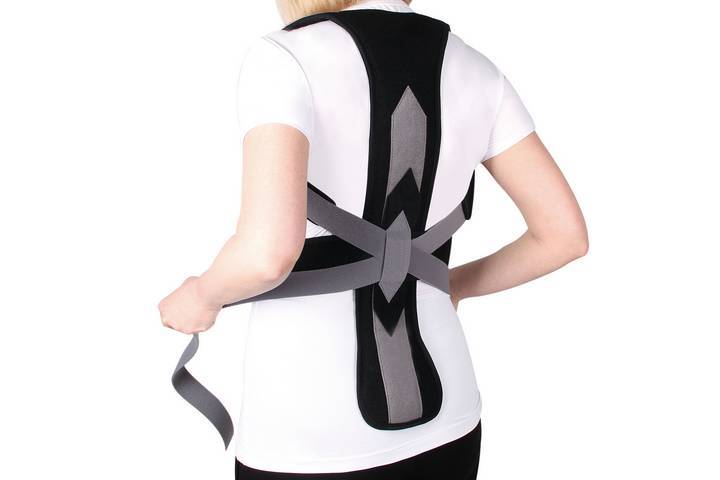A prescription back brace comes with use and maintenance instructions from the doctor. The instructions may include wearing or taking off a brace or cleaning and caring for it. Therefore, following these instructions to the letter would be best since physicians advise according to the patient’s unique needs.
An incorrect fitting of the brace can worsen pain or cause further injury. A prescribed brace prevents injuries, supports posture temporarily, and eases pain. Sometimes, you may need to wear a brace without a doctor’s prescription.
A back brace is indispensable when dealing with back pains or posture problems. However, it can result in significant issues if not correctly used. Therefore, it would be best to follow instructions to the latter to enjoy its maximum benefits.
Let’s learn more about how to wear back braces.
Steps to Wearing a Back Brace
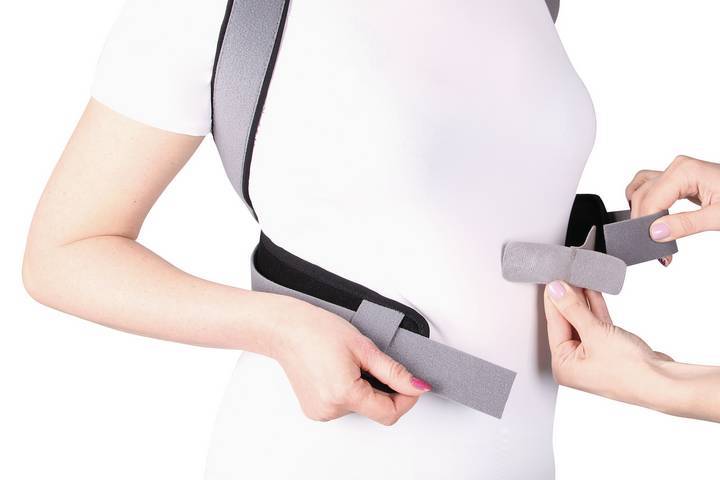
Most back braces have a user manual that explains the brace position and how to wear it. Read it carefully. If you do not get a user manual, read the directions on the brace packet.
Wrap the brace around your back, fitting the wings on either side of the torso. Reaching the brace to your back might be challenging, especially with a painful back. If you have trouble fitting your brace, ask for help since some can be difficult to wear. A caregiver or family member can assist.
Back Brace Size
Your brace’s size matters. A brace that covers the area of concern maintains stability and allows flexibility is recommended. It is advisable to make the necessary adjustments to the pressure and tightness of your brace. You can use the pull tabs on either side for minor adjustments.
Join the two ends of the brace across the abdomen. Ensure your clothes are free and do not have poky buttons or zippers. In addition, it is advisable to wear your brace on top of your shirt or a thin cloth to avoid skin contact and potential skin rash.
Remove the back brace and contact your healthcare provider if you experience discomfort, itching, or increased pain. With that, it would be best to use your brace according to the doctor’s or manufacturer’s instructions.
Besides the general instructions, different back braces may have specific wearing guidelines, depending on their purposes.
Lower Back Support
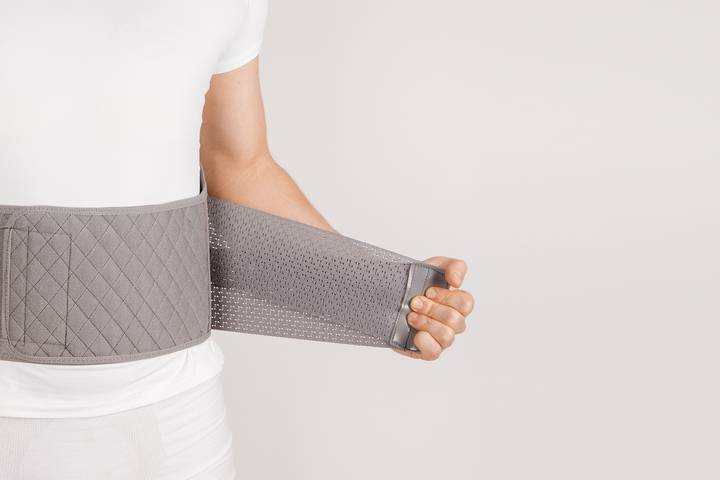
Suppose you have a lower back brace for your entire lumbar area; you can wear it towards the hips. These braces are popular among sciatica patients and those who sit for long hours as they help protect the spine.
Back Support Belts
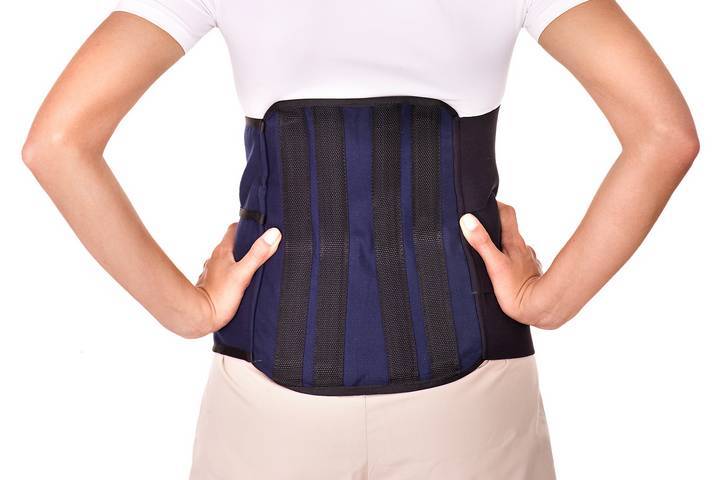
Orthopedic doctors and physiotherapists recommend wearing a back support belt around the waist and pulling it tight. They are excellent for strengthening back tendons and muscles during exercise and manual work.
How Long Can You Wear a Back Brace?
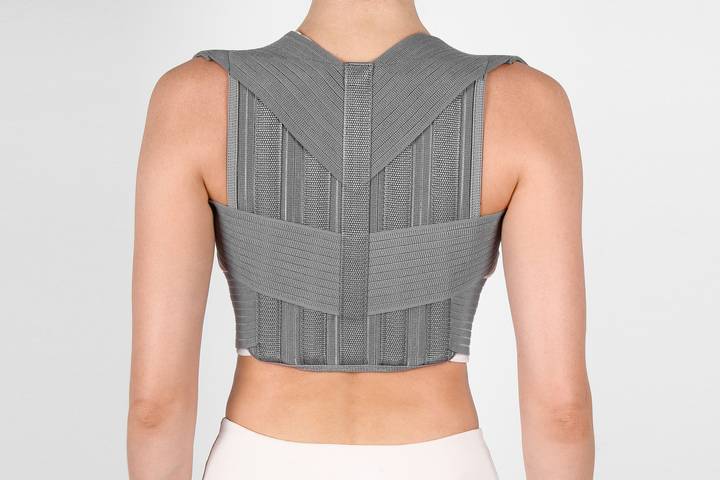
How many hours you can wear a back brace daily depends on your condition. If you wear it for lower back pain, it would be best to use it most of the day, especially when travelling.
Suppose your back brace is for postural concern, for example, scoliosis. You may need to wear it for at least 20 hours a day until your doctor or physiotherapist determines that you have skeletal maturity.
Once the doctor is content with your posture, you can only wear it when sleeping. With your doctor’s help, you can slowly wean off the corset until you stop wearing it entirely or only use it when required.
Sometimes, you may need to wear your lumbar belt all day and night. A back brace prescribed for fractures is an example. Wearing it for long hours enhances quick healing and proper alignment. However, you can remove the belt when bathing, which is crucial to allow the skin to breathe.
On the other hand, if you are using a post-surgery back brace, it would be best to consult your doctor about the duration. Patients with major surgeries or metal implants wear the brace daily for about one to two months, depending on the condition and doctor’s recommendation. Minor surgeries may not require back support for this long.
Hygiene and Back Brace Cleanliness
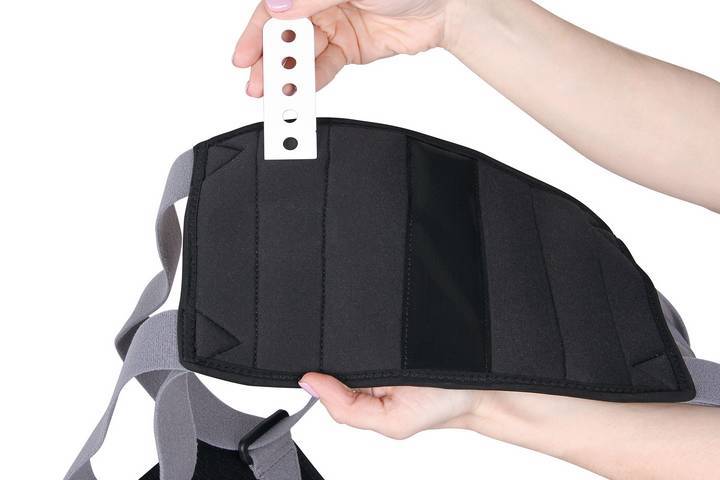
Poor back brace hygiene can cause significant effects such as skin rash and lesions. If you have a considerable skin condition from the brace, it would be best to stop wearing it for several days to allow the skin to heal.
Skin Care When Using a Back Brace
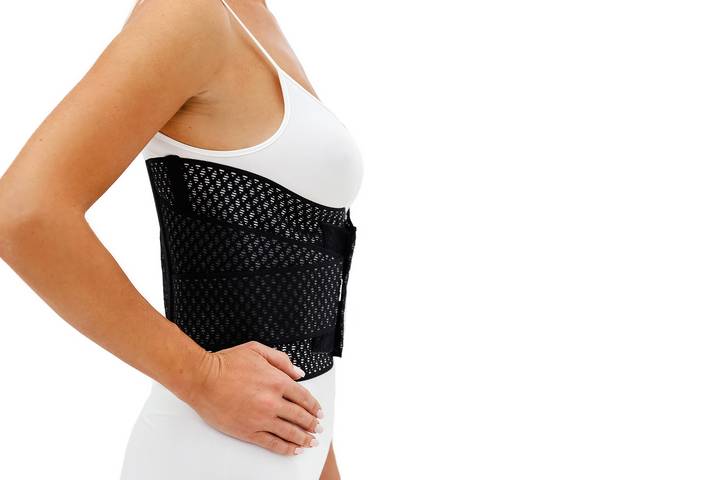
Wearing a back brace improperly can aggravate your skin and cause rashes or sores. Again, dirt and dead skin under the brace can cause significant problems. Thus, it is advisable to clean the skin under the brace daily.
Moreover, wearing your brace on moist skin can cause irritation, blisters, and sores. As a result, it is advisable to avoid moisturizers or lotions when wearing a back brace.

